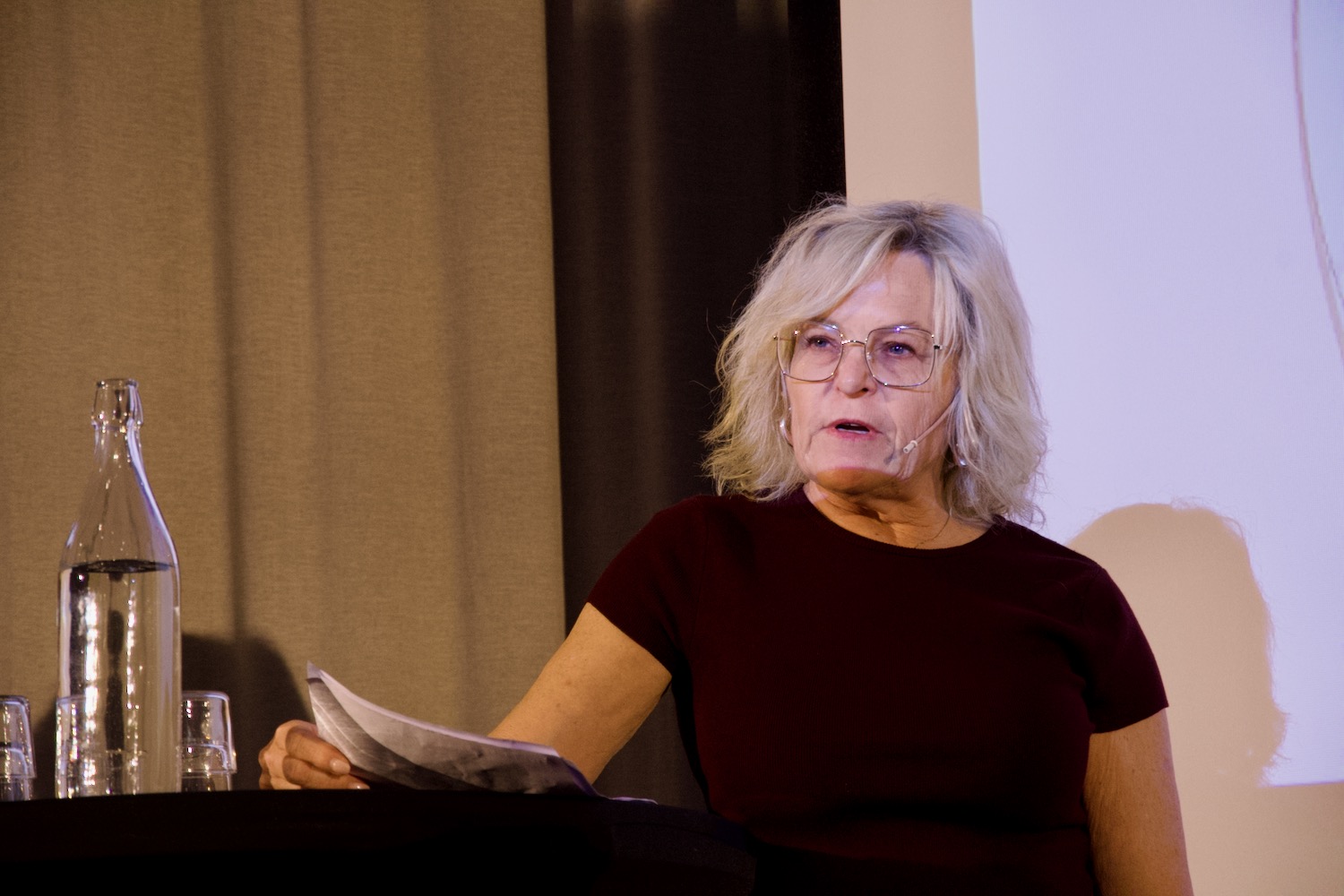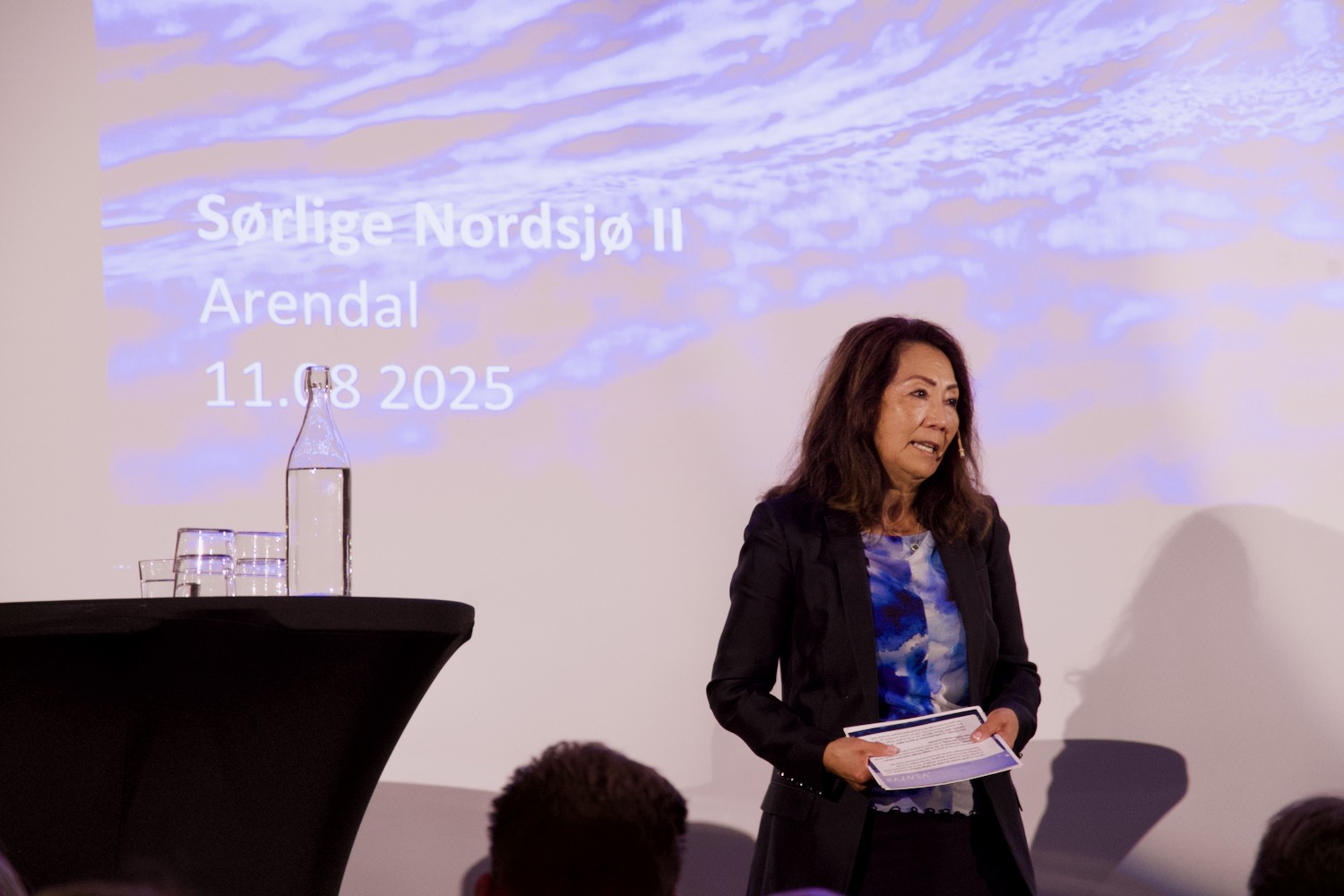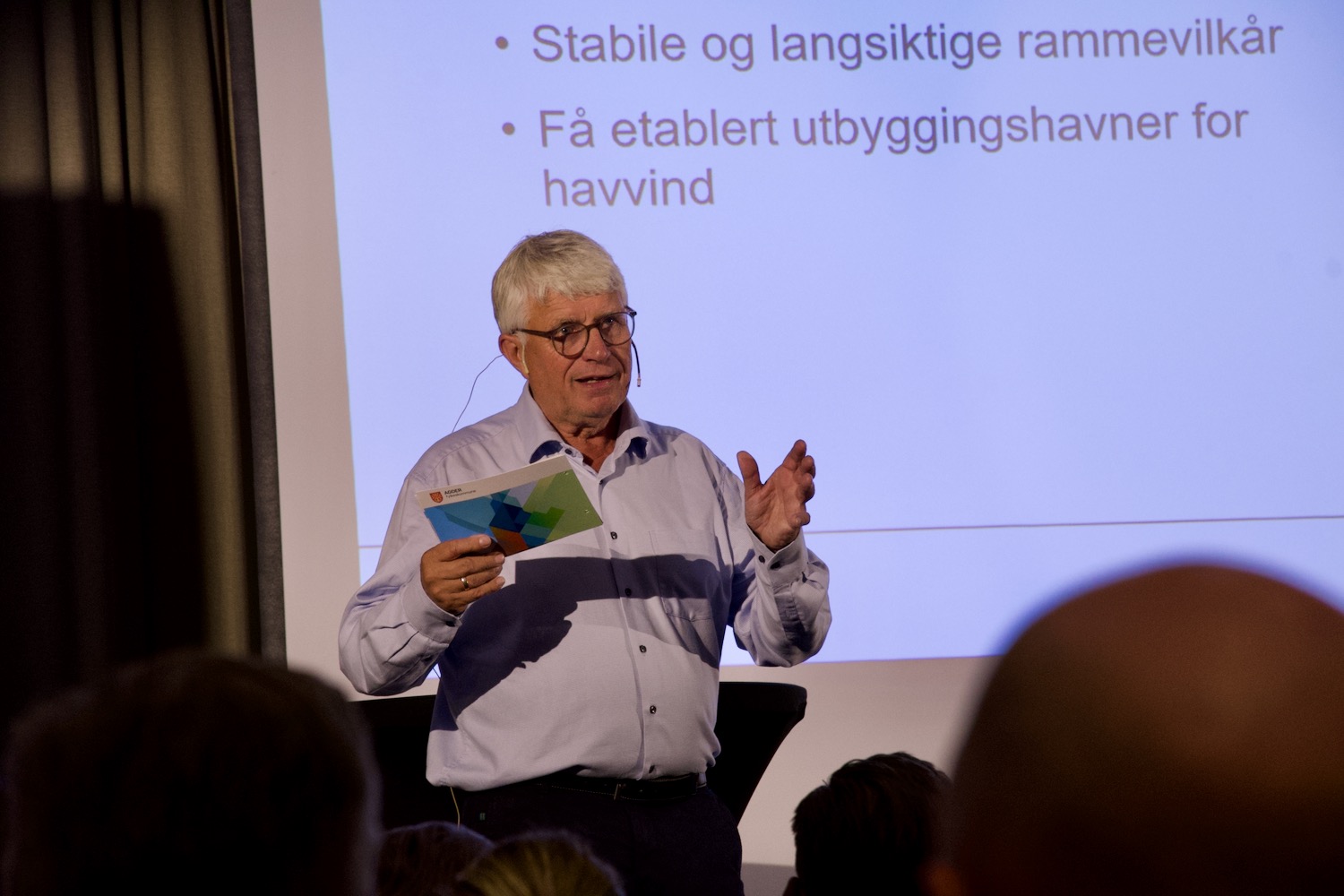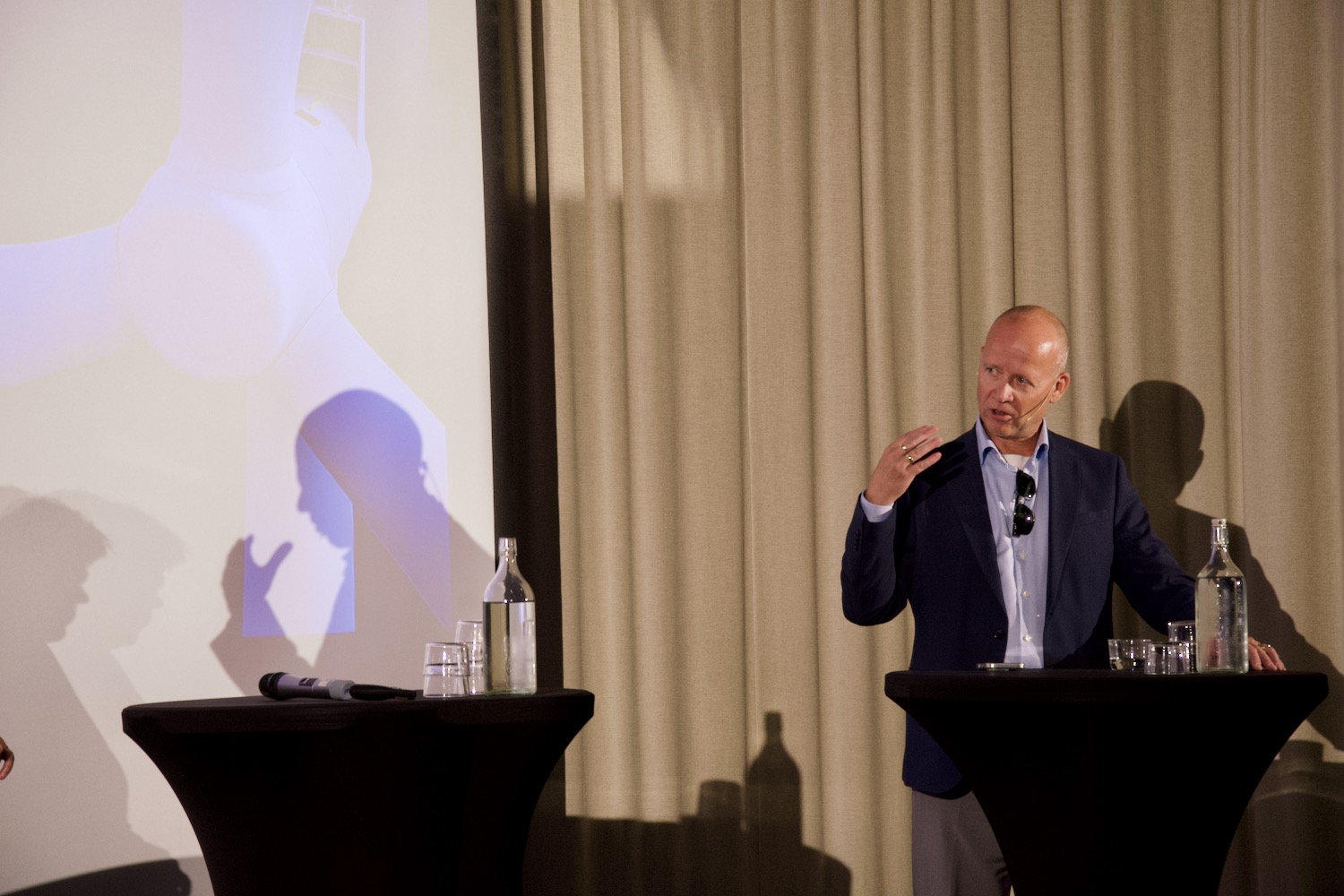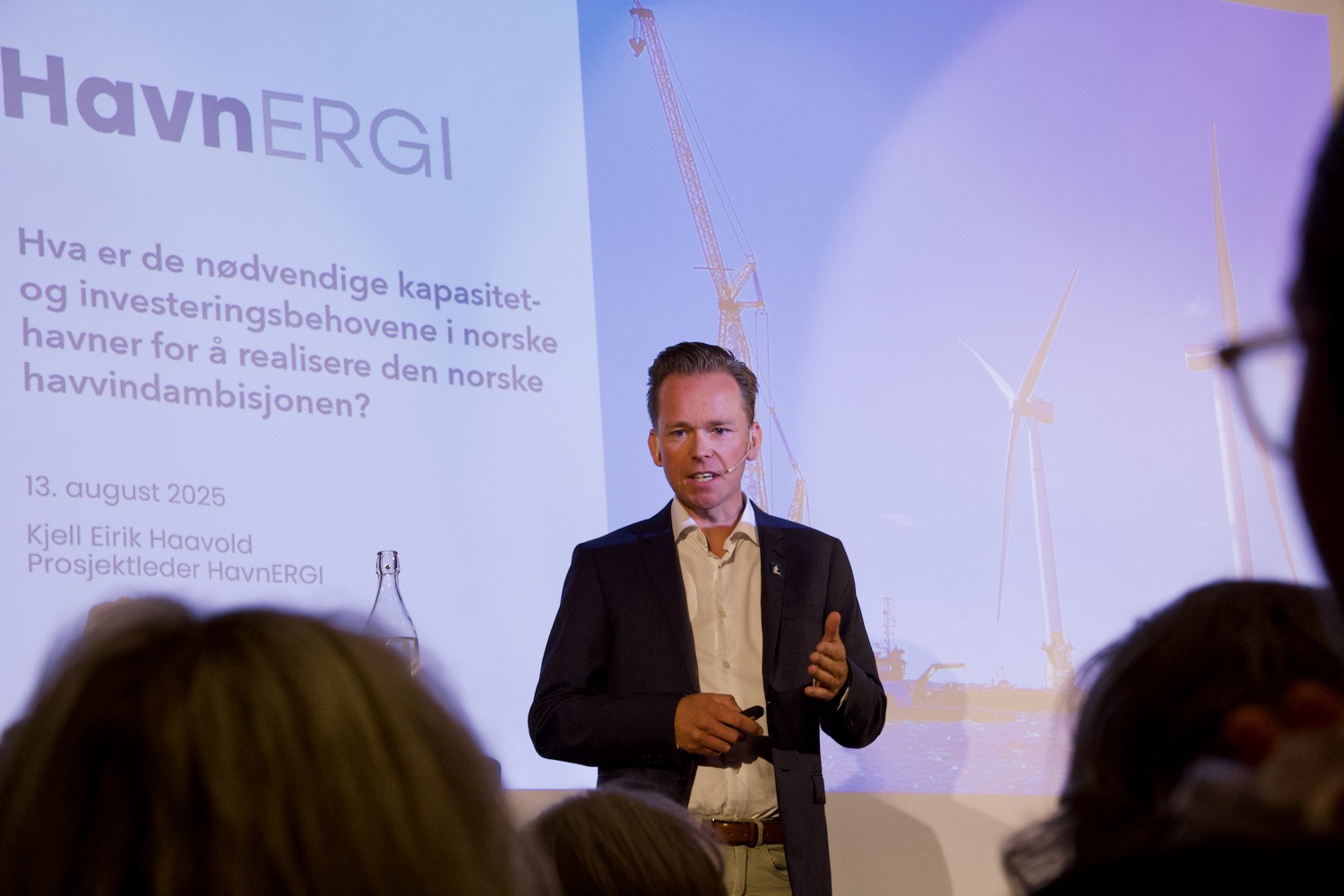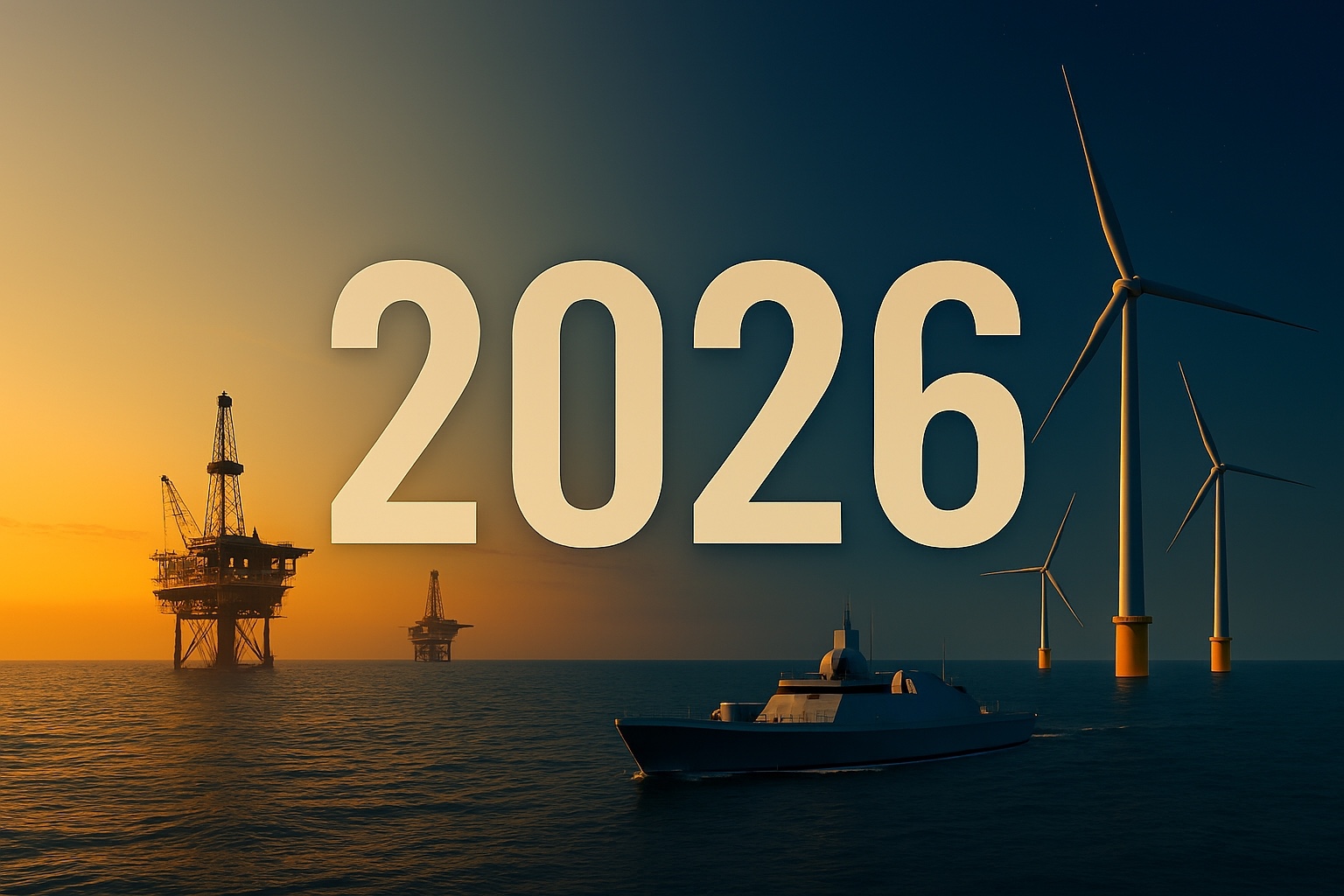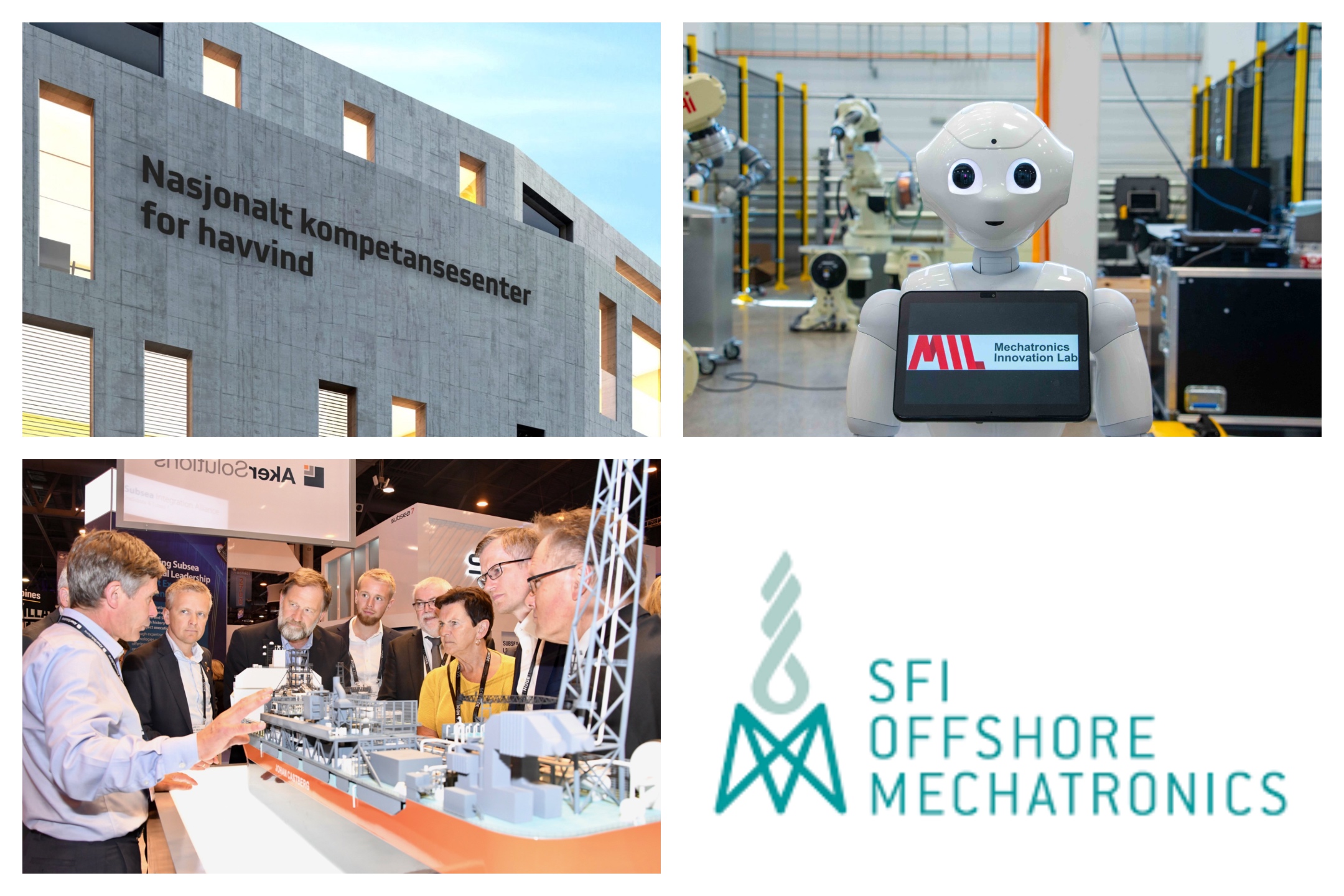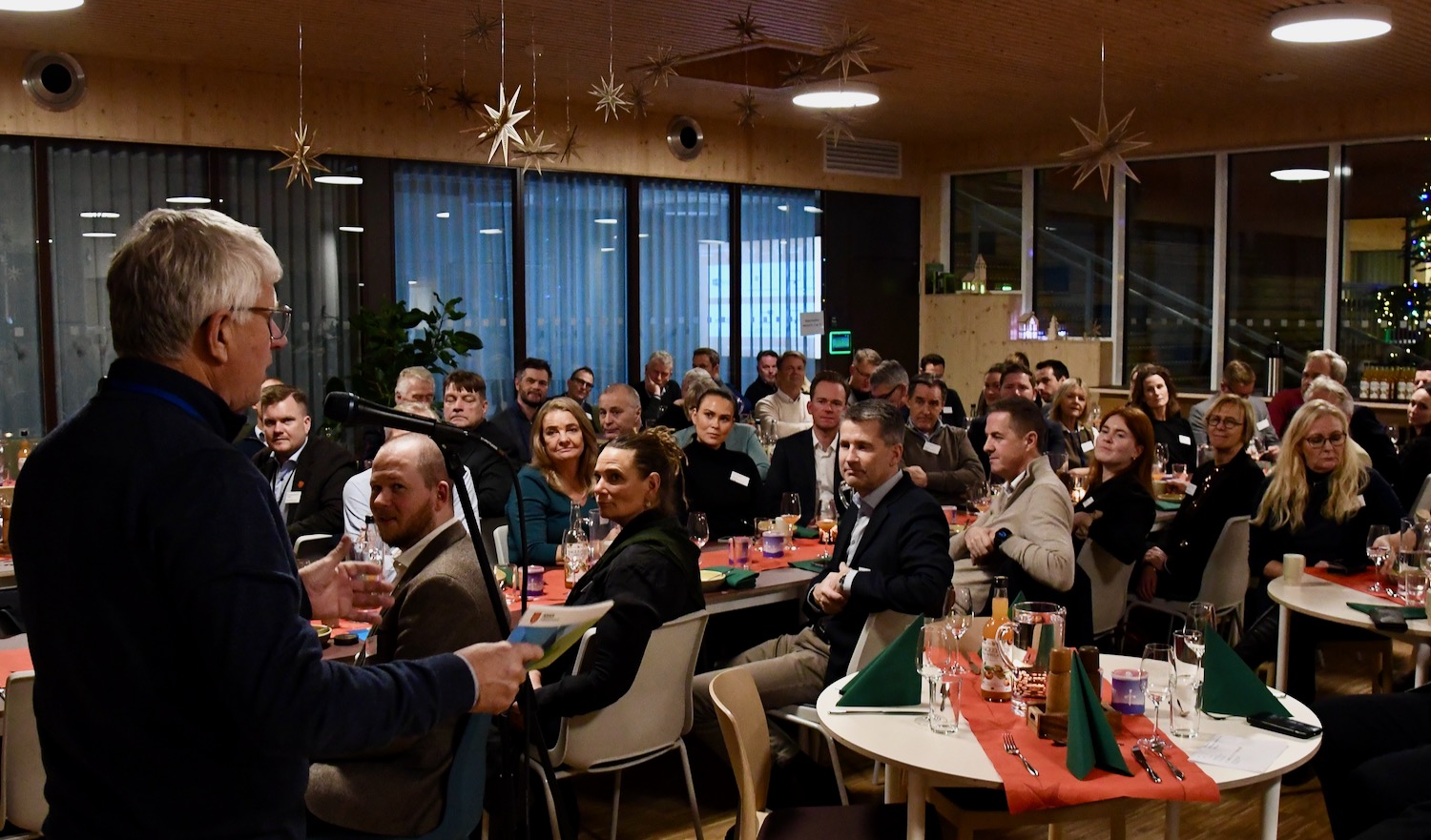“If we do not invest in ports, the first project may end up abroad,” said Kjell Eirik Haavold, Head of Legal at the Norwegian Competence Center for Offshore Wind.
During the opening day of Arendalsuka, a week of political and societal debates in Arendal, he was one of the key speakers at an offshore wind seminar hosted by GCE NODE, Fremtidens Havvind and Agder County.
Referring to the Havnergy report published earlier this year, Haavold also noted that capacity is a bottleneck for realizing Norway’s ambition for offshore wind. The report suggests a targeted port development based on regional needs.
“We will need to see public support to develop Norwegian ports for offshore wind. This will, however, present international opportunities for Norwegian ports, for instance in the UK, although these opportunities will be limited by distance and competition. Ports also play an important role for the Norwegian supplier industry and offshore wind exports,” concluded Haavold.
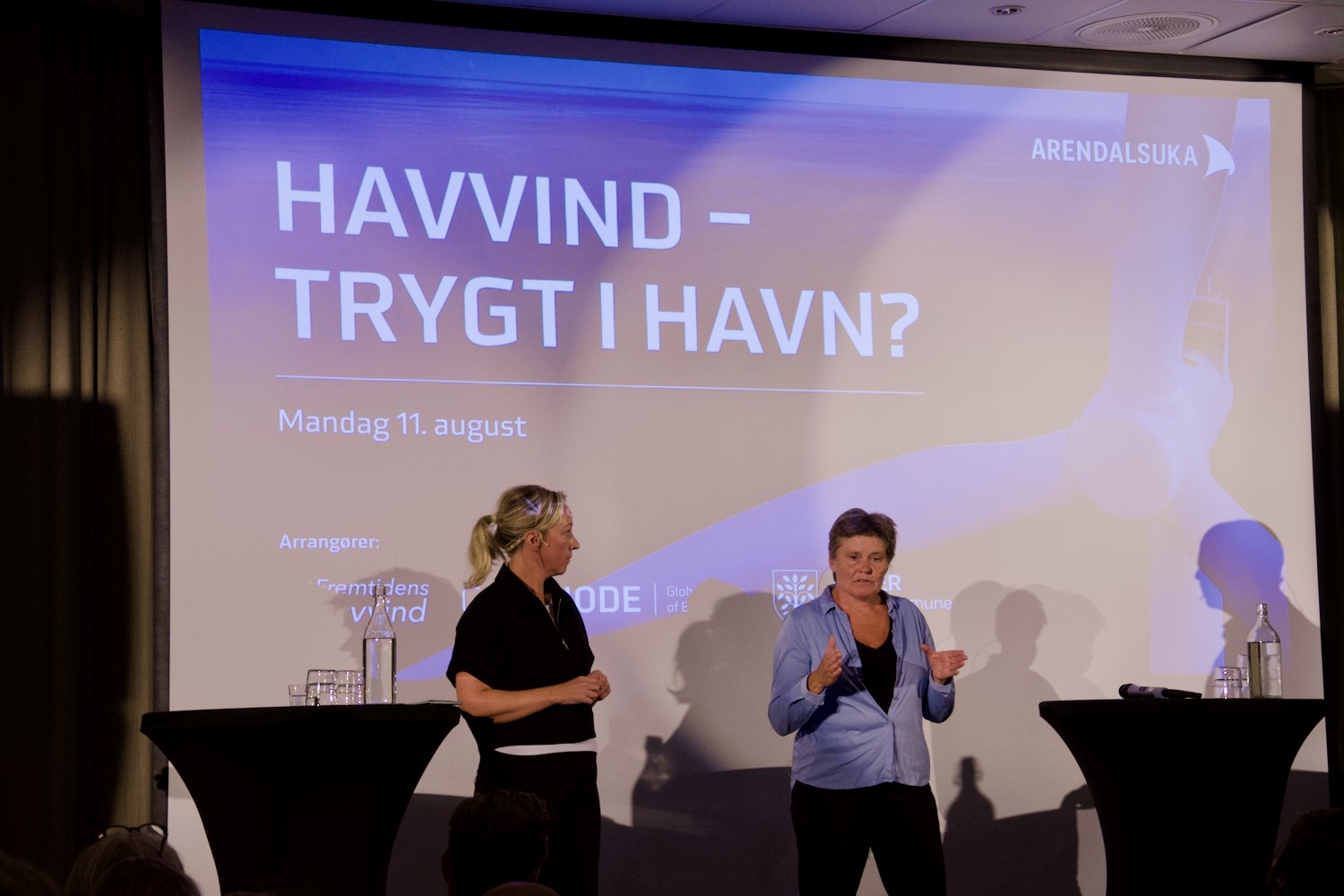
Windport in Mandal, a potential site for installation of wind turbines for the Sørlige Nordsjø II project, called for long-term perspectives from the Norwegian parliament.
“We don’t need subsidies to develop our port. We need predictability, guarantees and good loans,” said Turid Storhaug, CEO of Windport, particularly addressing two members of parliament who participated in a panel discussion.
Adding to the debate, Åse Michaelsen, District Councilor for the Home Guard, advocated developing ports for both industrial and military purposes.
“From a military point-of-view, the Agder region needs more ports. When developing Norwegian ports we should combine two thoughts; civilian and military,” urged Michaelsen.
